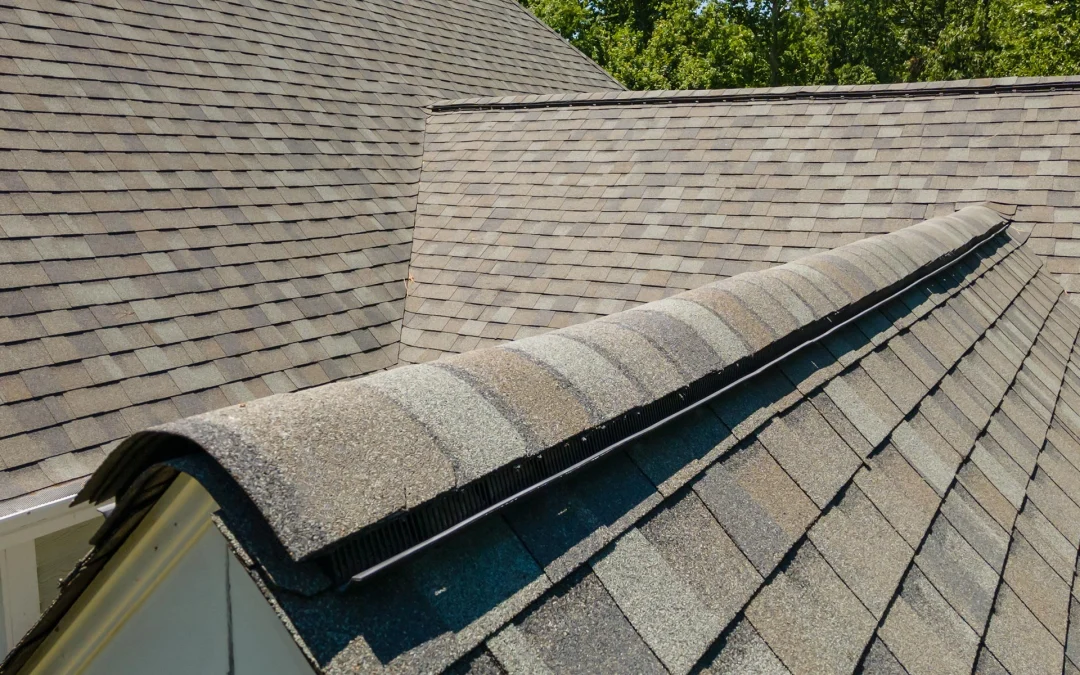Your home is your castle, and the roof is the shield that protects it. It keeps your family safe from the elements such as rain, snow, wind, and sun. However, just like every other part of your home, your roof also has a lifespan. After a certain period, it may become less effective at its job and may need to be replaced. But how do you know when to replace your roof? The following sections will provide some clear indicators.
Understanding the Lifespan of Different Roofing Materials
Before diving into the signs of a deteriorating roof, it’s crucial to understand the average lifespan of different roofing materials. This will give you a rough idea of when you may need to start thinking about a replacement.
1. Asphalt Shingles: These are the most common type of roofing material. They are inexpensive and easy to install. On average, asphalt shingle roofs last about 15 to 20 years.
2. Wood Shingles: Wood shingles and shakes have a lifespan of about 20 to 25 years. However, they require regular maintenance to prevent rot and decay.
3. Metal Roofs: Metal roofs are known for their durability and can last anywhere from 40 to 70 years, depending on the quality of the material and installation.
4. Tile and Slate Roofs: These types of roofs can last over a century. However, the underlayment — the layer underneath the outer roofing material — usually needs replacing every few decades.
Signs That You Need to Replace Your Roof
There are several tell-tale signs that indicate your roof may need replacing. Here are some of the most common ones.
1. Age of the Roof: If your roof is nearing the end of its expected lifespan, it’s time to consider a replacement. Even if there are no visible signs of damage, aging materials can make your roof prone to leaks and other issues.
2. Missing or Damaged Shingles: Missing or damaged shingles are a clear sign of a deteriorating roof. If you notice shingles that are cracked, curled, or missing, it’s time to call a professional.
3. Granules in the Gutters: Asphalt shingle roofs shed granules when they are nearing the end of their lifespan. If you notice a significant amount of granules in your gutters, it’s a sign that your roof may need replacing.
4. Leaks and Water Damage: Leaks are severe indicators that your roof is failing. If you notice water stains on your ceiling or walls, it’s crucial to have your roof inspected immediately.
5. Sagging Roof: A sagging roof is a serious issue and could indicate structural damage. If your roof is sagging, it’s best to replace it as soon as possible.
The Importance of Routine Roof Inspections
Regular roof inspections can help you identify and address potential issues before they become significant problems. It’s recommended to have your roof inspected at least once a year, or after any severe weather events. Professional roofers can spot early signs of damage and provide necessary repairs, potentially extending the lifespan of your roof.
Conclusion
Knowing when to replace your roof is essential in maintaining the structural integrity of your home. By understanding the lifespan of your roofing material and keeping an eye out for the signs of a deteriorating roof, you can ensure that your home remains safe and protected from the elements. Remember, when it comes to roofing issues, prevention is always better than cure. So, don’t wait for a leak to appear before calling a professional. Regular inspections can help you stay ahead of any potential issues, saving you time, money, and stress in the long run.

